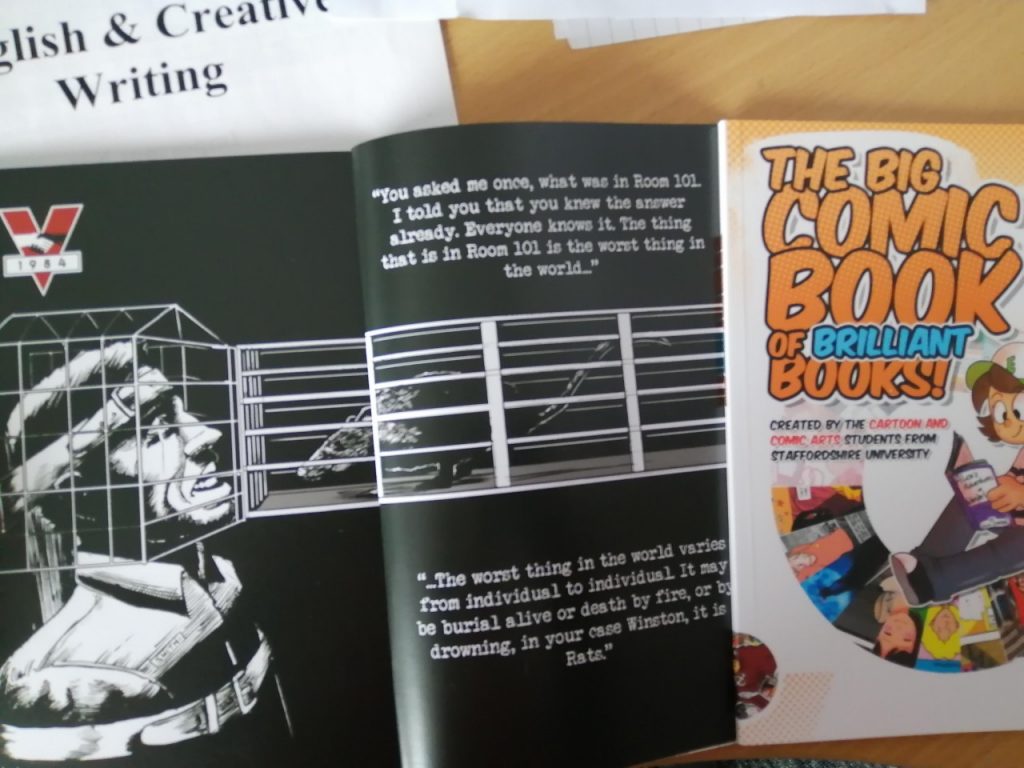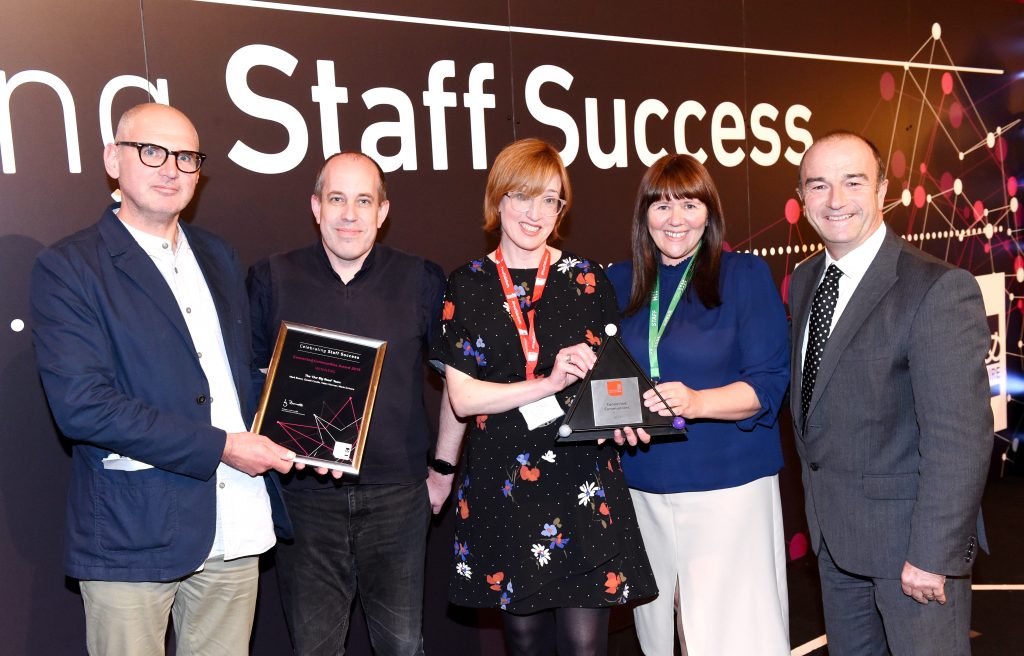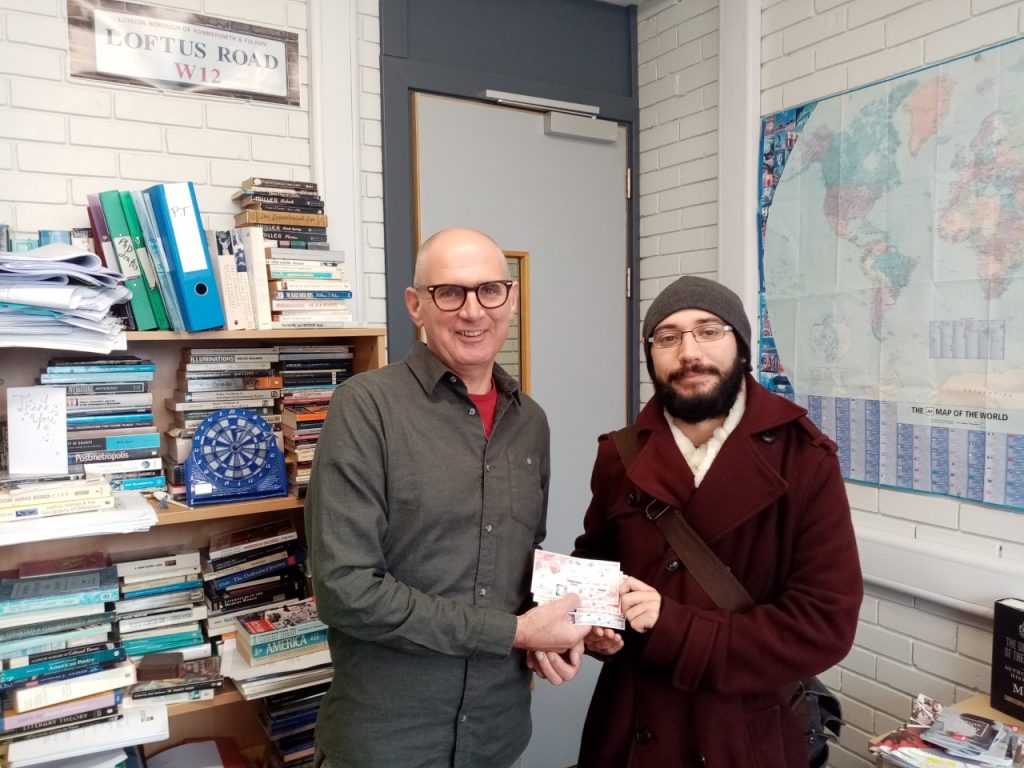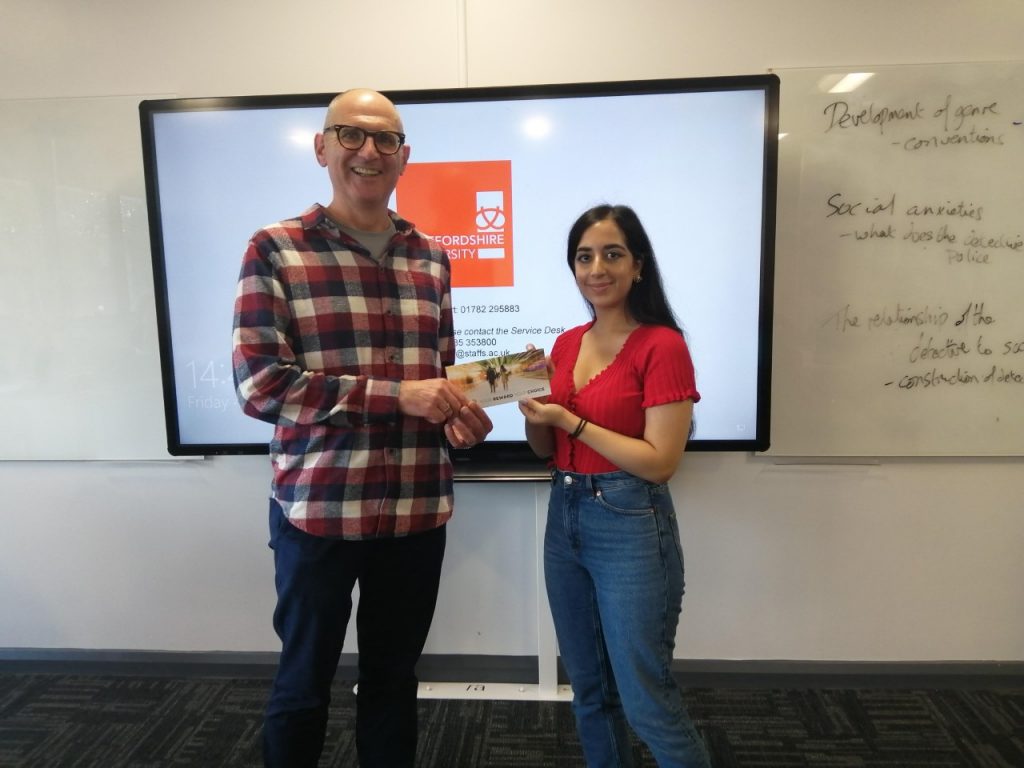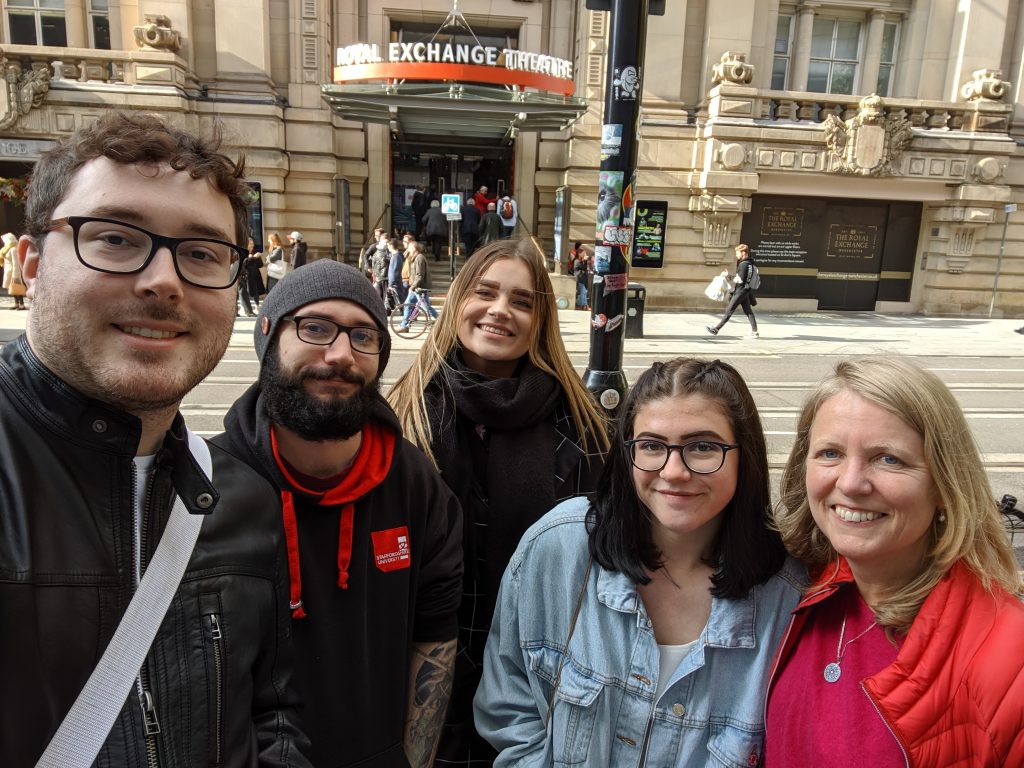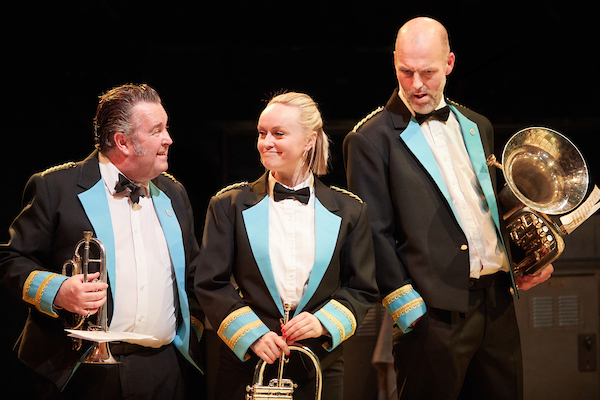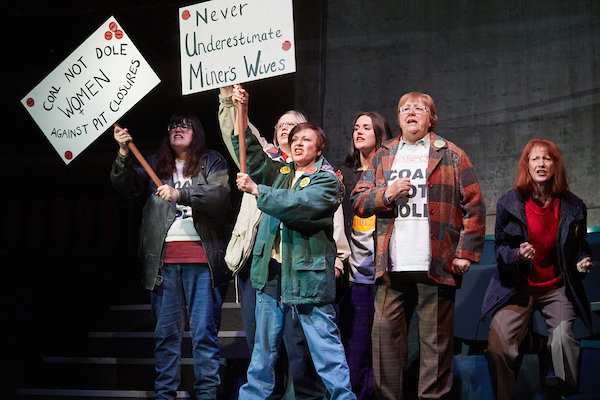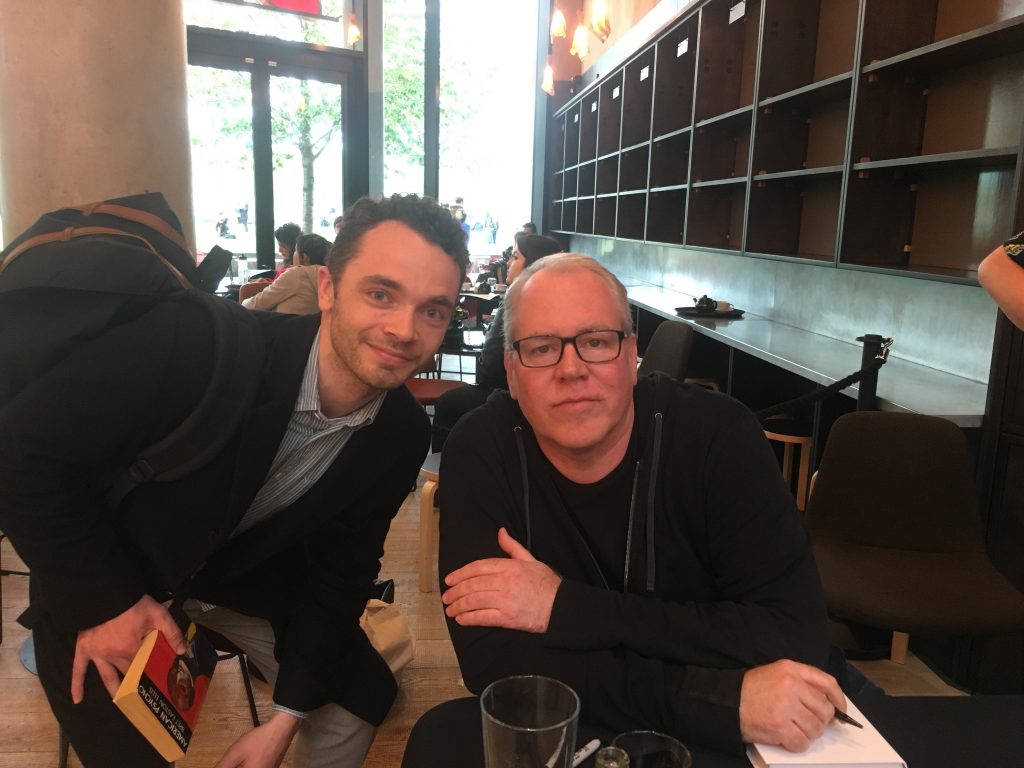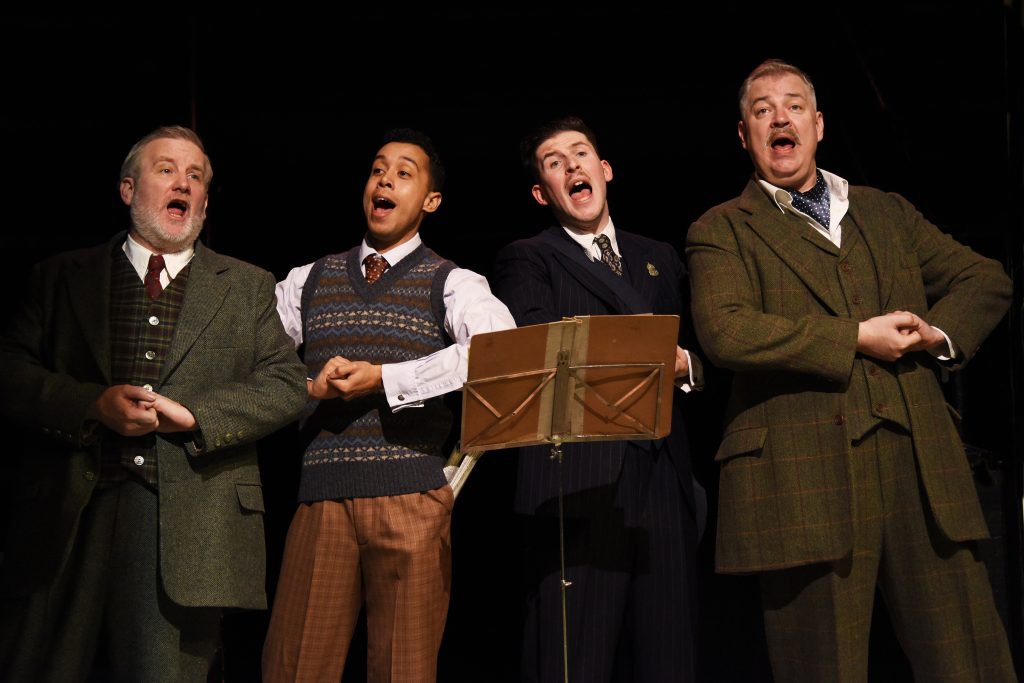The Nobel Laureate, Toni Morrison, has died at the age of
88. She was educated at Howard and Cornell Universities, going on to work as an academic, critic and
activist as well as one of the most influential novelists of her own and subsequent
generations. For her writing, she won the Pulitzer Prize
for Literature in 1988
and the Nobel Prize for Literature in 1993.
Morrison’s
body of work is concerned with how the unvoiced, the silent and the invisible of history
bear witness to and give testimony about their
suffering and oppression.
This leads us to consider how
subsequent generations incorporate the memory of their ancestor’s suffering
into their own histories and how they make sense of the present with those
histories in mind.
Morrison’s
best known novel is Beloved, published in 1987.
That Beloved has at
least two presents prompts the reader to consider how the past acts on the
present and how the traumatic events experienced
in one can be both supressed and revealed by memory in the
other.
Throughout the novel, Sethe struggles
with memory as a site upon which the horrors of slavery must be both ‘beaten
back’ and negotiated in the present.
The horrors of slavery are inscribed upon
the bodies of slaves, and so their corporeal, bodily presence in the
world stands as its own testament to their suffering.
The beating that Sethe receives for
sending her children to safety, the tree that is inscribed on her back by the
whip, is a physical manifestation of the scars of slavery. Many other physical
scars – including where the saw cut Beloved’s throat – manifest themselves in
this narrative.
But it is the mental and emotional
scars that are Morrison’s primary concern and the capacity of the tramautised
individual and community to come to terms with brutality
and suffering.
A book about slavery read by millions
of people, studied on a majority of English degrees across the world, puts
slavery at the centre of a cultural debate in a way that politicians and
campaigners had not been able to.
It does so by humanising the suffering
that had affected so many millions of people. The novel tracks the individual
experience of an institution that was industrial in its scale, economic in its
organisation and supported by federal legislation
The novel itself emerged from a
fragment of history that Morrison encountered while researching a book of blacks on
record – in print, song, newspapers, photographs – a sort of informal history.
She found newspaper accounts of Margaret
Garner who
killed her child to prevent her being returned to slavery by vigilante slave
hunters. The event was immortalised in Thomas Satterwhite Noble’s
1867 painting, The Modern Medea.
The book is almost symmetrical, balanced around the
revelation of the incident at the very centre of the narrative – the
infanticide
Morriosn doesn’t use partial revelations, hints and subtle
developments as conventional aspects of literary suspense, though. Instead, she
uses these evasions to signal both the unimaginable sadness of the event and
the nature of Sethe’s subsequent relation to it – she can neither
forget what she has done to her child, but neither can she bring herself
to recall it. Memory must be a battle between supressing and memorialising.
There is another motivation to this structure of repetitions
and developments. One of the ways in which the slaves communicate with each
other is through song. Owners and overseers see these songs as the rhythms of
work and a sign of a happy slave population, but they are radical challenges to
the authority of the oppressor, carrying messages of potential escape as well
of support for those who can bear their condition no longer.
Slave spirituals, as the songs became known, have a pattern
of repetitions and developments, of call and response. It has become a
signature for expression and representation in African American culture. You
find the cadences of call and response everywhere in black American culture;
from gospel and blues, to preaching, to the rhetoric of black political leaders.
Morrison did a great deal to raise the voice of African
Americans through difficult times, but her presence at Obama’s inauguration
demonstrated how influential her own has been in giving voice to the unvoiced.
Her novels remain as a lasting testament to her influence and genius.
